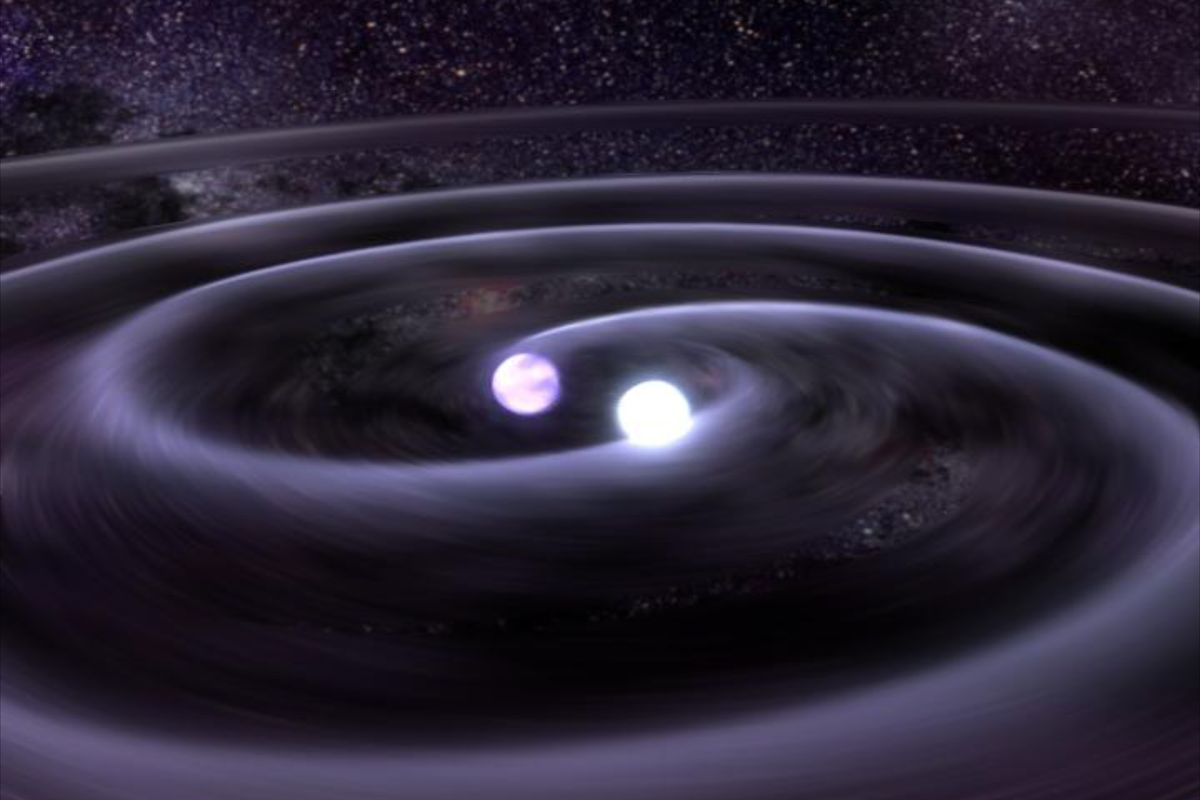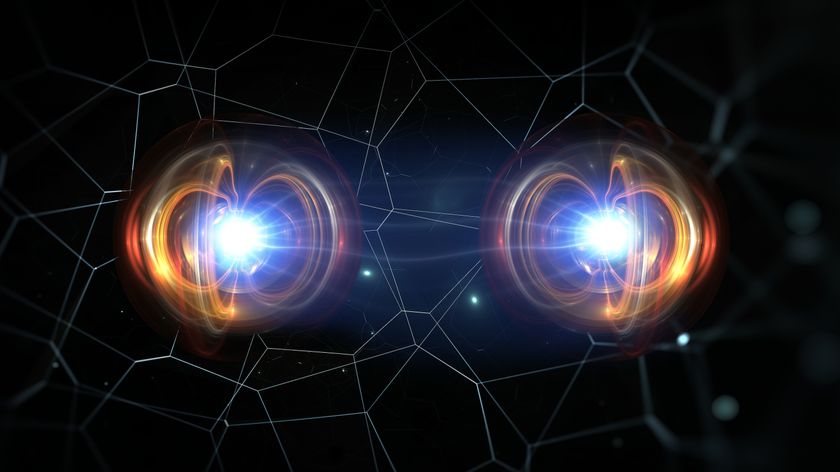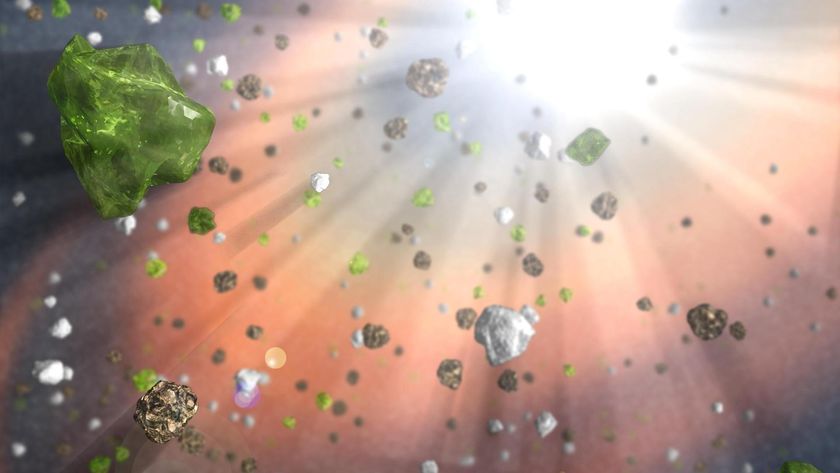Superconductors Could Help Physicists Find 'Gravity Particles'

It may be possible to draw energy from a vacuum using gravity, a theoretical physicist says.
If researchers succeed in showing that this can happen, it could prove the long-postulated existence of the graviton, the particle of gravity, and perhaps bring scientists one step closer to developing a "theory of everything" that can explain how the universe works from its smallest to largest scales.
The new research specifically found that it might be possible to show that gravitons do exist by using superconducting plates to measure a phenomenon with the esoteric name of "the gravitational Casimir effect."
"The most exciting thing about these results is that they can be tested with current technology," study author James Quach, a theoretical physicist at the University of Tokyo, told Live Science.
Showing that gravitons exist would help scientists who have long sought to develop a "theory of everything" that can describe the workings of the cosmos in its entirety. Currently, they use the theory of quantum mechanics to explain the universe at its tiniest level, and the theory of general relativity to explain the universe at its largest level. Whereas quantum mechanics can explain the behavior of all the known particles, general relativity describes the nature of space-time and gravity.
Quantum mechanics suggests that particles — including the elusive graviton — can behave both like a particle and a wave.
But quantum mechanics also reveals that the world becomes a fuzzy, surreal place at its very smallest levels. For instance, atoms and other fundamental building blocks of the universe actually exist in states of flux known as "superpositions," meaning they can seemingly be located two or more places at once, or spin in opposite directions at the same time. [Wacky Physics: The Coolest Particles in Nature]
Sign up for the Live Science daily newsletter now
Get the world’s most fascinating discoveries delivered straight to your inbox.
Since quantum mechanics suggests that any given particle may not be where one thinks, but rather could essentially be anywhere, one of the many weird consequences of this theory is that what might seem like vacuum (completely empty space) may actually contain "virtual particles" that regularly pop in and out of existence. These ghostly entities are more than just theory — they can generate measurable forces.
The Casimir effect is one such force, and it can be measured as the attraction or repulsion force between two mirrors that are placed a few nanometers (billionths of a meter) apart in vacuum. The reflective surfaces may actually move, because of virtual photons or packets of light that appear and disappear from the vacuum between the mirrors.
In principle, the Casimir effect can hold true not just for photons, but gravity particles as well, meaning that gravitons could appear and disappear from the vacuum between the mirrors. By detecting this effect, researchers could therefore prove that gravitons exist. In turn, the existence of gravitons would show that gravity has a quantum nature, capable of behaving as both a particle and wave. This would be a major step in reconciling quantum mechanics with general relativity.
Such a "gravitational Casimir effect" is difficult to detect because ordinary matter, like the stuff normal mirrors are made of, does not reflect gravitons nearly as well as it reflects light. However, recent theoretical studies suggest that superconductors can reflect gravitons, Quach said.
Superconductors are materials that conduct electricity with zero resistance. In superconductors, electrons condense into what is known as a quantum fluid that can flow without dissipating energy.
In ordinary materials, the negatively charged electrons and the positively charged atomic nuclei or ions they belong to are generally thought to move together along the same trajectories or "geodesics" in space-time. However, in a superconductor, prior studies have suggested that the quantum fluid made of the electrons in the superconductor does not necessarily have to move together with the ions in the superconductor, Quach said.
Still, the negatively charged electrons and the positively charged ions in the superconductor will attract each other. When incoming gravitons attempt to force the electrons and ions to move along different paths, the attraction between the electrons and the ions may keep them together, potentially causing any gravitons to get reflected off them, Quach said.
In ordinary matter, the gravitational Casimir effect is too weak to detect, exerting only a hundredth of a billionth of a trillionth of a trillionth of the amount of pressure exerted by Earth's atmosphere at sea level. In contrast, using superconductors, if the gravitational Casimir effect is real, it may exert a force about 10 times stronger than any expected from virtual photons, Quach said.
It remains unknown whether superconductors can reflect gravitational waves in the real world. "This is still only a theory, and until there is experimental evidence, we should not take it for fact," Quach said. Still, "I am hoping to conduct this experiment," he added.
Although the Casimir effect does essentially harvest energy from vacuum, Quach noted this does not mean vacuum energy is a practical way to power the world.
"The Casimir effect is very, very small," Quach said. "It takes a lot of effort to detect it, let alone use it as an energy source."
Quach detailed his findings online Feb. 25 in the journal Physical Review Letters.
Follow Live Science @livescience, Facebook & Google+. Original article on Live Science.



